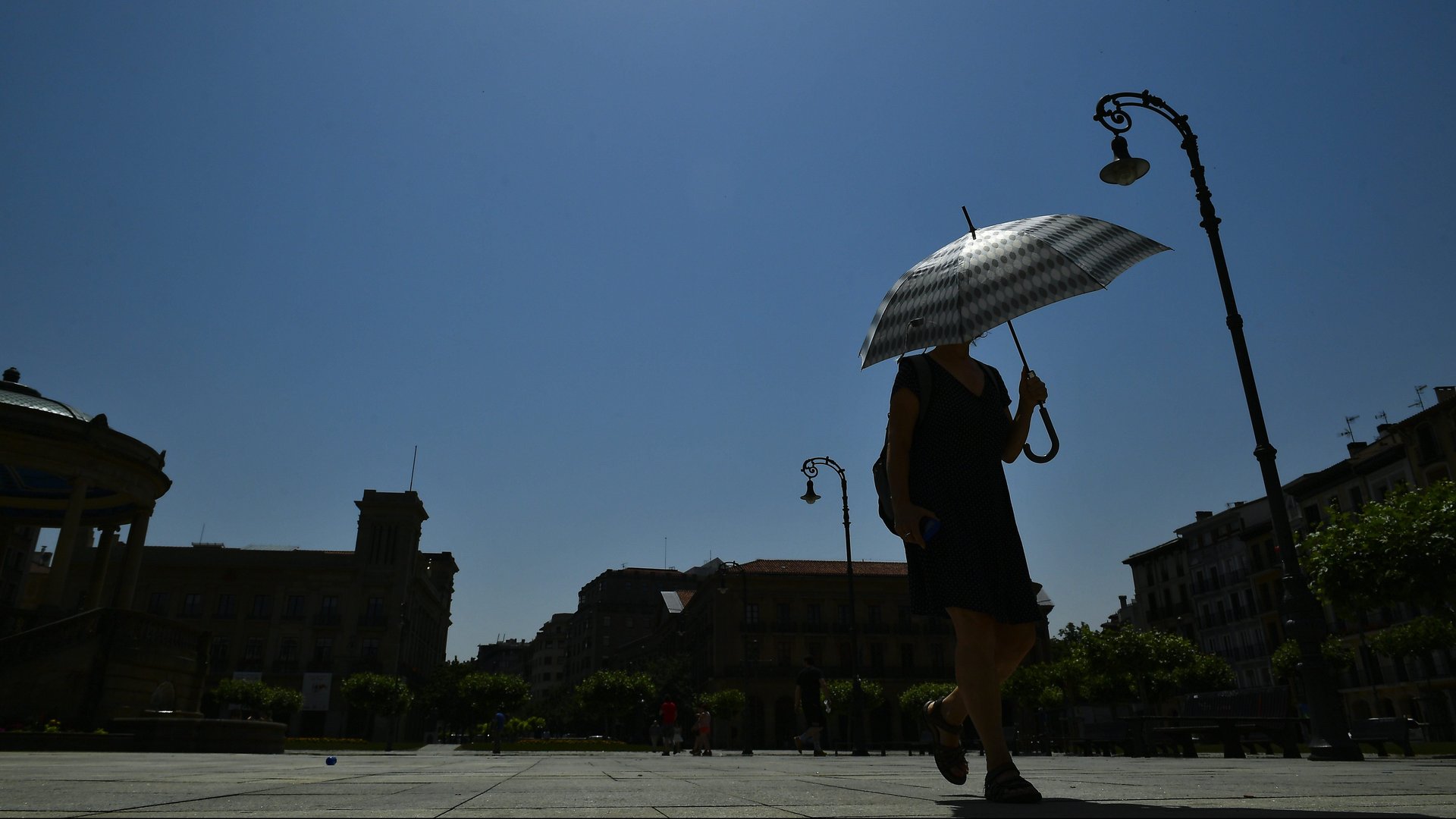Potentially lethal heat waves are more common than scientists thought
A deadly extreme heat wave has ripped across the Pacific Northwest. The heat dome has sent temperatures soaring above 110°F (43°C) in parts of western United States and Canada over the past five days.


A deadly extreme heat wave has ripped across the Pacific Northwest. The heat dome has sent temperatures soaring above 110°F (43°C) in parts of western United States and Canada over the past five days.
According to a CNN report, as many as 230 deaths have been reported as the historic heat wave continues to plague Oregon, Washington, and Canada. As per the figures released by the city police department and the Royal Canadian Mounted police, at least 134 people have died suddenly since Friday in the Vancouver area, it is yet to be ascertained whether they were due to heat-related illness.
The excessive heat has damaged key infrastructure in Portland, Seattle, Tacoma, and elsewhere. Portland hit 116 degrees on Monday, while Seattle set a new temperature record at 108 degrees.
But that kind of extreme is just the tip of the iceberg, according to research published in May 2020 in the journal Science Advances. Combing global weather records at an unusually fine level of detail, climatologists at Columbia University found that globally, combined extreme heat and humidity events are occurring more frequently, even more so than scientists previously thought. The tally includes a small but growing number of instances where heat and humidity conditions reached levels that would be deadly to most people.
Wet bulb temperatures
The study focused on a metric called wet bulb temperature, which is similar to heat index and also combines heat and humidity. Because of how they are calculated, wet bulb temperatures are typically lower than the ambient air temperature, even though humidity makes heat feel more intense. A typical summer day in New York City has a wet bulb temperature in the low 70s F (low 20s C); Baltimore’s 2019 heat wave maxed out at around 30°C (86°F) wet bulb temperature.
Between 1979 and 2017, the frequency of instances of wet bulb temperatures at or above 27°C (81°F) has more than doubled, the study found, mostly in coastal areas. Instances over 29°C more than tripled. Locations in the Middle East, South Asia, and the Gulf of California have even hit 35°C (95°F)—the highest level documented on Earth, and what physiologists see as the limit of human survival—an increasing number of times.
Altogether, the study unearthed 1.7 million instances of a wet bulb temperature at or above 27°C. Many of these were brief, spanning just hours. For that reason, they are easily lost in most global weather analyses, which aggregate hourly data from thousands of weather stations to understand long-term trends.
Climate change models have projected an increase in these kinds of extreme heat and humidity later in the century; a 2018 special report by the Intergovernmental Panel on Climate Change projects that in a mid-range warming scenario, 1-in-20-year temperature extremes could happen once every other year. But these findings suggest that extreme highs are already happening regularly now.
“There’s nothing wrong with those models,” said Colin Raymond, the study’s lead author, who began the research as a climatology doctoral student at Columbia and is now a postdoc studying climate at NASA. “But they didn’t really capture the baseline of what’s happened in last 40 years because they were using data that was too smoothed out to represent brief localized extremes.”
The places at highest risk for extreme heat and humidity, the study found, were coastal desert areas at mid-latitudes, near gulfs and other relatively warm bodies of water. There, unlike at the equator, heat and humidity are able to build up without triggering tropical storms that release humidity from the air in the form of precipitation. The worst conditions were found in Saudi Arabia, Qatar, and the United Arab Emirates.
Heat wave brings record high temperatures
Compared to other weather events like droughts and hurricanes, extreme heat is one of the best-understood impacts of climate change; scientists are highly confident that instances of extreme heat will rise in tandem with average global temperatures. Eight of the 10 hottest years on record have happened since 2010, 2020 was in the top five, and July through September 2021 are projected to be above-average across most of the country.
That could be a serious problem during the Covid-19 pandemic, especially because the elderly and others most vulnerable to the disease are the same people most susceptible to heat stress. Despite a claim in April by Department of Homeland Security researchers that sunlight and humidity can be detrimental to the virus, an analysis by the National Academies of Science found there’s little reason to expect a significant summer slowdown in transmission.
“It wouldn’t be surprising if we have intense heat waves this summer,” said Kristy Dahl, a climatologist at the Union of Concerned Scientists. “But all the places cities will often open to keep people cool—cooling centers, libraries, museums, shopping malls, movie theaters—all of those are off-limits right now.”
Raymond said a step for future research will be to add more variables, including breeze and sunshine, on top of heat and humidity, for a more complete picture of what these conditions really feel like, as well as including more data from sub-Saharan Africa and other regions that aren’t covered as well by weather stations.
As for researching the feeling of a 35°C wet bulb temperature first hand, Raymond said he’ll pass.
“It’s beyond what anyone who hasn’t experienced it can really imagine,” he said. “The heat and humidity of the American south pales in comparison to the steam-room atmosphere that we’re seeing around the Persian Gulf and Red Sea.”